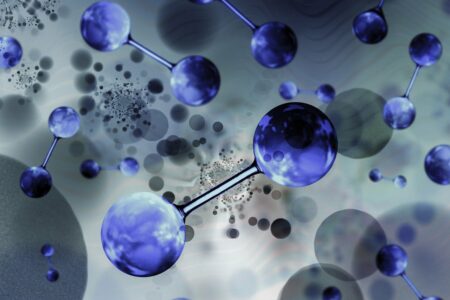Terry Kallis canceled a 6-gigawatt green hydrogen project in May. His Kallis Energy Investments lacked water.
It’s one of 680 large-scale hydrogen projects being considered throughout the world, according to the Hydrogen Council, which estimates $700 billion is needed by 2030 to reach net-zero emissions targets.
BP, Fortescue Metals and Reliance Industries are leading the march towards green hydrogen, made from renewable energy rather than carbon-emitting fossil fuels. It helped Fortescue gain a stock-market premium. Water is rarely mentioned in producers’ utterances. That raises fears they’re neglecting hazards or underestimating how much they’ll need, the hurdles of acquiring it, and the cost. Kallis at least raised the H20 concern early on.
Green hydrogen’s success is important. Once a niche climate-change answer, it may now power shipping, aircraft, huge trucks, and industrial processes like steel and fertiliser production. Green hydrogen might account for 10% of global final energy demand by 2050, according to IRENA.
Water, renewable energy, and an electrolyser that divides H2O into hydrogen and oxygen are needed to make it. Generating the requisite power involves erecting factories in areas where industry, agriculture, and homes already compete for the resource, or in hot, sun-drenched regions appropriate for solar panels. How much water is needed to generate green hydrogen is uncertain. According to Bluefield Research, 85% of planned facilities are in water-stressed regions.
The International Energy Agency, Australia’s National Hydrogen Roadmap, Goldman Sachs(GS.N), and others say it takes 9-10 liters of water to make 1 kg of hydrogen. That only accounts for water’s ultimate stage, the stoichiometric process. More water is needed. The electrolyser needs extra cooling.
All told, Bluefield estimates 24 litres. GHD puts freshwater at 60 to 95 l/kg. Melbourne’s Yarra Valley Water, which launched a green hydrogen pilot program last month, estimates the industry’s upper limit at 80 litres.
Desalination removes salt from saltwater but uses more water. It adds building and maintenance costs, including for the massive amounts of brine generated, and approvals can take years.
Saudi Arabia plans to use it to produce green hydrogen and drinking water in its Red Sea NEOM metropolis. BP and Norwegian fertiliser company Yara International(YAR.OL) are exploring using treated seawater in their Western Australia operations. Then there’s wastewater. BP is considering it for another Australian project. New operations will use Yarra Valley Water’s treatment plant.
Green hydrogen projects that miscalculate water needs will fail. It affects others’ production costs. Renewables and electrolyzers should cut the $5 per kilogram cost. The U.S. Inflation Reduction Act’s tax benefits may cut that by $3 nearly immediately; Reliance Industries CEO Mukesh Ambani thinks it might drop to $1 by the end of the decade without incentives. IRENA and others predict water will contribute for no more than 2% of output costs, even with desalination, Reuters reported.
If such assumptions are predicated on needing 9 l of water per kg, they’re wrong. Breakingviews predicts 60 cents per kg for desalination alone at 300 litres, the midpoint of GHD’s forecast for seawater needed. Breakingviews couldn’t get any numbers from prospective producers.
Big companies have water blindness before. Elon Musk’s Berlin plant was delayed, and Barrick Gold wrote off $7.5 billion on a South American mine.
Decarbonization may outweigh water cost and availability problems. Financial and other stakeholders require all essential facts to make a decision. The Valuing Water Finance Initiative, formed in August by 64 money-management firms, should encourage clarity regarding green hydrogen’s water needs. It could help others avoid Kallis’s mistake.








